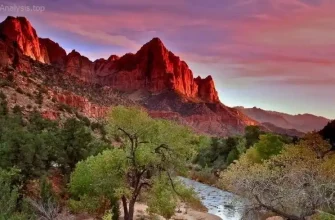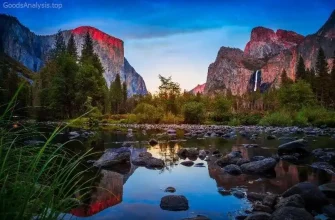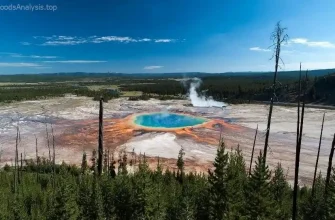Nestled in the heart of Colorado, Rocky Mountain National Park (RMNP) is a breathtaking expanse of wilderness, towering peaks, alpine lakes, diverse wildlife, and unparalleled natural beauty. Whether you’re an avid hiker, a family seeking adventure, or someone simply looking to experience nature’s grandeur, Rocky Mountain National Park offers something for everyone.
1. What Makes Rocky Mountain National Park Special?
Rocky Mountain National Park is renowned for its dramatic landscapes, which include rugged mountain terrain, alpine meadows, deep valleys, and pristine lakes. It is home to more than 300 miles of hiking trails, the famous Trail Ridge Road (one of the highest paved roads in North America), and an incredible variety of flora and fauna. The park covers over 265,000 acres and has elevations that range from around 7,800 feet to 14,259 feet, offering both challenging climbs and scenic, family-friendly hikes.
Some of the most iconic features and attractions include:
- Longs Peak: This 14,259-foot summit is one of Colorado’s famous “Fourteeners” and is a challenge for serious hikers.
- Trail Ridge Road: The highest continuous paved road in North America, providing panoramic views and an easy way to access the alpine zone.
- Bear Lake: A pristine, easily accessible alpine lake, perfect for a short stroll or a picnic, and one of the park’s most photographed spots.
- Alpine Visitor Center: Located at over 11,000 feet, this center offers exhibits and provides an excellent vantage point for seeing the park’s natural beauty.
- Wildlife Watching: RMNP is teeming with wildlife, including elk, moose, bighorn sheep, and black bears, offering plenty of opportunities for nature enthusiasts and photographers.
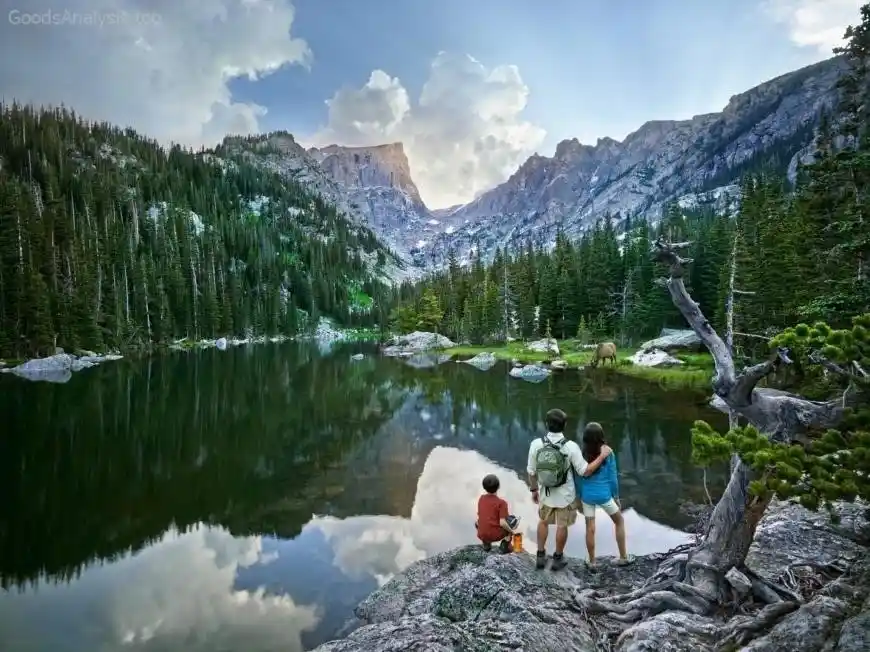
The park’s stunning array of habitats makes it a fantastic destination for outdoor lovers of all kinds, whether you’re into hiking, wildlife photography, camping, or simply soaking in the views.
2. Visitor Tips & Practical Information
Best Time to Visit
- Summer (June – August): The most popular time to visit, offering warm weather, clear skies, and accessible trails. However, it can be crowded, especially on weekends.
- Fall (September – October): A magical time to visit for the fall foliage—the aspen trees turn golden, creating a stunning contrast against the evergreen forests and rocky peaks.
- Winter (November – March): The park becomes a winter wonderland, ideal for snowshoeing and cross-country skiing, but many roads (like Trail Ridge Road) may be closed due to snow.
- Spring (April – May): A quieter time to visit with wildflowers starting to bloom and fewer crowds, although some higher-altitude areas may still be snow-covered.

Opening Hours
Rocky Mountain National Park is open year-round, but certain areas, like Trail Ridge Road, are typically closed from mid-September to late June due to snow.
Ticket Prices
- Entrance Fees:
- $30 per vehicle (valid for 7 days).
- $25 for motorcycles.
- $15 for pedestrians, cyclists, or shuttle users.
- Annual Pass: $70 for an annual pass, which also grants access to over 2,000 national parks across the U.S.
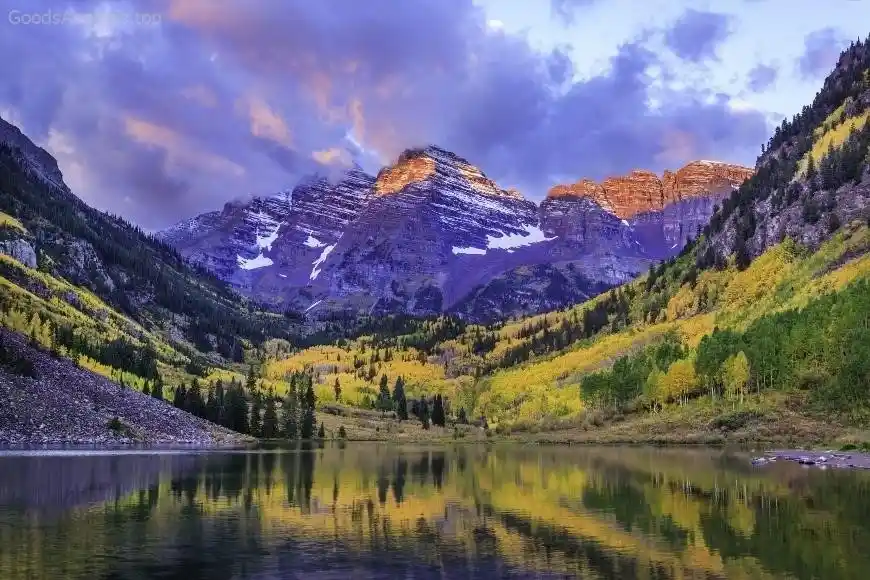
Accessibility
Many of the park’s most popular sites, like Bear Lake and Sprague Lake, are accessible via paved paths, making it possible to enjoy the beauty of the park even for those with mobility challenges. For visitors with special needs, there are also accessible facilities at the Alpine Visitor Center and other locations.
3. History and Cultural Significance
The area that is now Rocky Mountain National Park has a long and fascinating history. It was originally inhabited by Indigenous peoples, notably the Ute and Arapaho tribes, who used the land for hunting and gathering. The park’s stunning beauty inspired explorers and naturalists, and in the late 19th century, it became a popular destination for settlers and tourists alike.
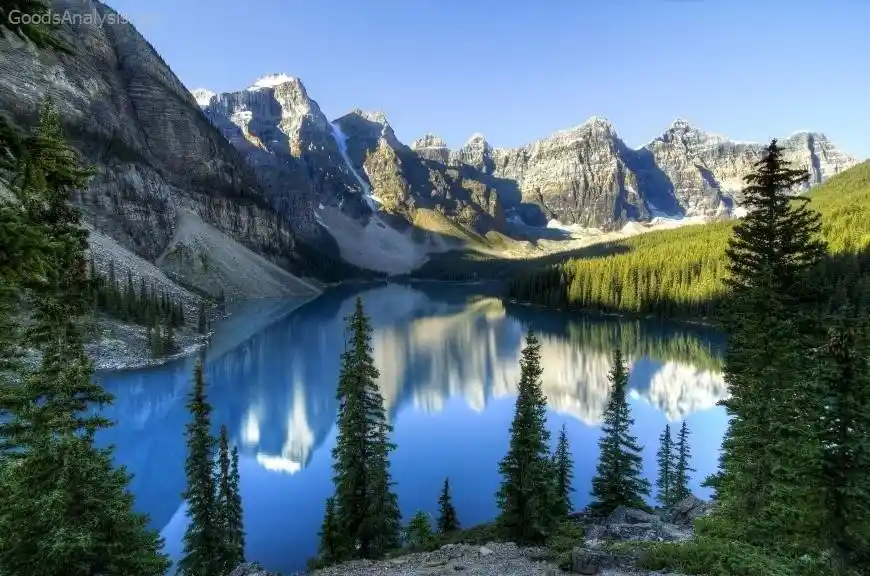
The park was officially established as a National Park in 1915, making it one of the oldest national parks in the United States. It has played a significant role in the conservation movement, and its dramatic scenery has inspired countless artists, writers, and adventurers. In addition, the park holds cultural significance for the Ute people, whose ancestral lands encompass the area.
4. What to Expect When You Visit Rocky Mountain National Park
Visiting Rocky Mountain National Park is an awe-inspiring experience that immerses you in a world of natural beauty and tranquility. You’ll be surrounded by towering granite peaks, dense forests, and crystal-clear lakes, all within reach of well-maintained trails.
- Ambiance: Expect an atmosphere of serenity and raw natural beauty, punctuated by the occasional sound of wildlife or the rustle of trees in the wind. The air is crisp, especially at higher elevations, and the views are nothing short of spectacular.
- Notable Experiences: You can hike the Bear Lake Trail, stroll around Sprague Lake, or climb to higher altitudes on trails like the Emerald Lake Trail. For the adventurous, summiting Longs Peak is a challenge that brings unmatched views of the Rockies.
- Unique Moments: One of the highlights of visiting RMNP is seeing wildlife in their natural habitat, especially elk during the fall rutting season when their bugles echo through the valleys. The sunsets are also famous, casting a golden glow across the jagged peaks—perfect for that Instagram-worthy moment.
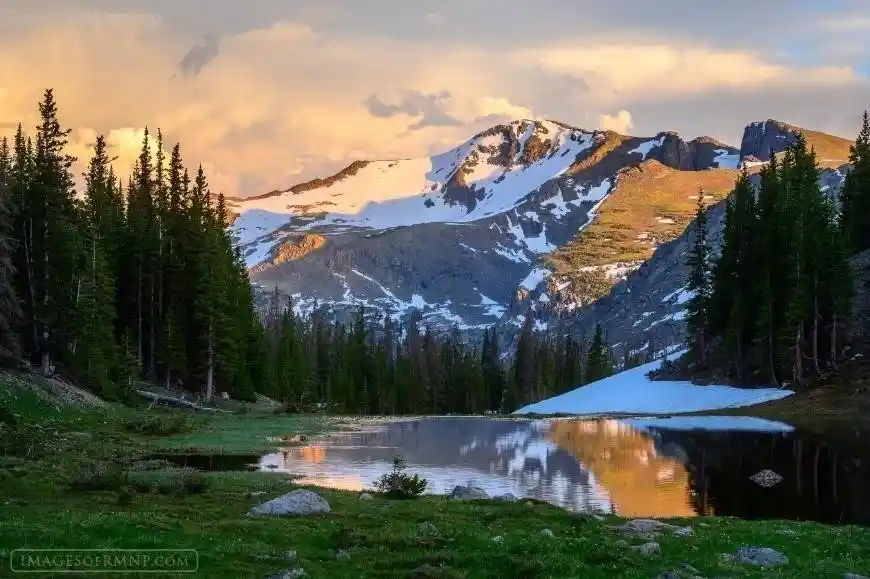
5. Nearby Attractions and Dining Options
Nearby Attractions
- Estes Park: Just outside the park’s eastern entrance, this charming mountain town offers local shops, restaurants, and cultural attractions like the Stanley Hotel, known for inspiring Stephen King’s The Shining.
- Boulder: About an hour’s drive away, this city is home to scenic trails, the famous Flatirons, and a vibrant food scene.
- Chasm Falls: A striking waterfall located along the Old Fall River Road, offering a serene spot for nature lovers and photographers.
Dining Options

- The Stanley Hotel (Estes Park): A historic hotel with dining options that offer delicious meals with a side of history.
- Rocky Mountain Diner (Estes Park): For a cozy, family-friendly option serving American diner classics.
- The Lodge at the Stanley Hotel (Estes Park): If you’re looking for something more upscale, enjoy a fine dining experience with stunning views.
6. Family-Friendly and Group Travel Tips
Rocky Mountain National Park is a fantastic destination for families and groups. Here are some tips for making the most of your visit:
- Family-friendly Hikes: Bear Lake, Sprague Lake, and the Alberta Falls Trail are all easy, accessible hikes with little elevation gain, making them perfect for kids.
- Wildlife Watching: The park is one of the best places to spot wildlife, so be sure to bring binoculars for a closer look at elk, mule deer, and the occasional moose.
- Junior Ranger Program: For younger visitors, the National Park Service offers a Junior Ranger Program where kids can learn about the park’s natural and cultural resources through interactive activities.
- Group Hikes: There are group-friendly trails like the Lily Lake Trail and Fern Lake that offer a chance for everyone to enjoy the park’s beauty without overly strenuous climbs.
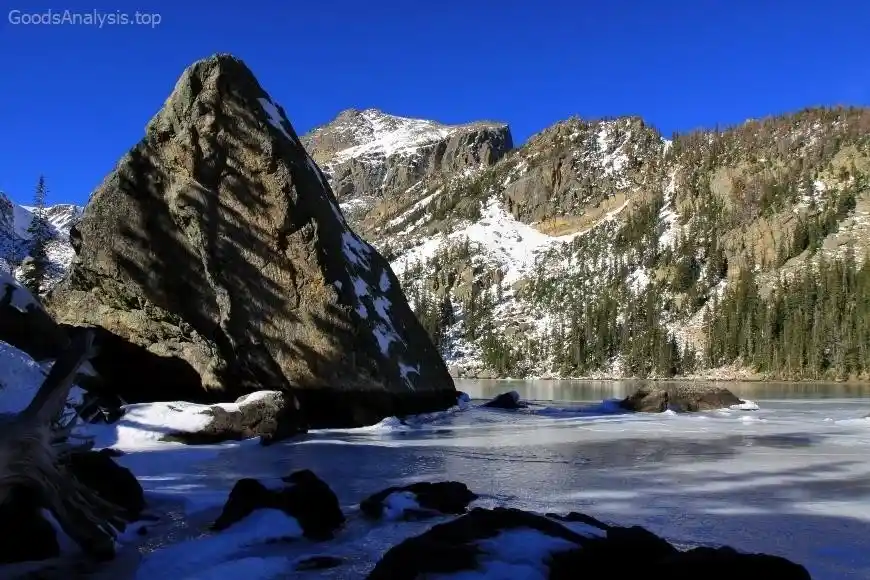
7. Instagrammable Moments and Photo Opportunities
- Bear Lake: With its serene waters and majestic backdrop of the surrounding peaks, this is one of the park’s most photographed spots.
- Trail Ridge Road: The expansive views from the summit are truly epic, with endless ridgelines, alpine meadows, and distant peaks, perfect for a panoramic shot.
- Alberta Falls: A picturesque waterfall that’s especially stunning in the early morning light or at sunset.
- Wildlife: Don’t forget to snap a photo of the park’s abundant wildlife, particularly the majestic elk during the fall rut or a moose near one of the lakes.
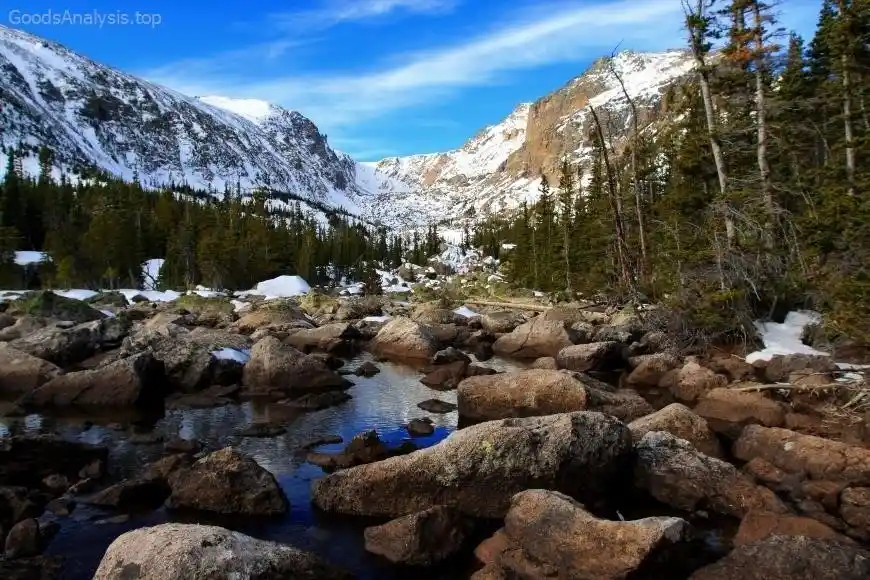
8. Travel Tips and Transportation
- How to Get There: The park is located about 1.5 hours north of Denver by car. The nearest major airport is Denver International Airport (DEN), which is well-connected to major cities.
- Transportation: The park is best explored by car, as the trails and viewpoints are spread out. For those visiting during the summer months, there is also a shuttle service between key points in Estes Park.
- Parking: Some of the popular trailheads and visitor centers can get crowded, especially during peak summer months, so be prepared to park in overflow lots or consider using the park’s shuttle system.
9. Safety and Etiquette Tips
- Altitude: Rocky Mountain National Park’s high elevation can cause altitude sickness, especially for those not used to such heights. Drink plenty of water, take it easy on the hikes, and allow time to acclimate.
- Wildlife Safety: Keep a safe distance from animals. Feeding wildlife is strictly prohibited and can be dangerous for both visitors and animals.
- Leave No Trace: Pack out all trash, stay on designated trails, and avoid disturbing natural habitats to preserve the park’s beauty for future generations.



